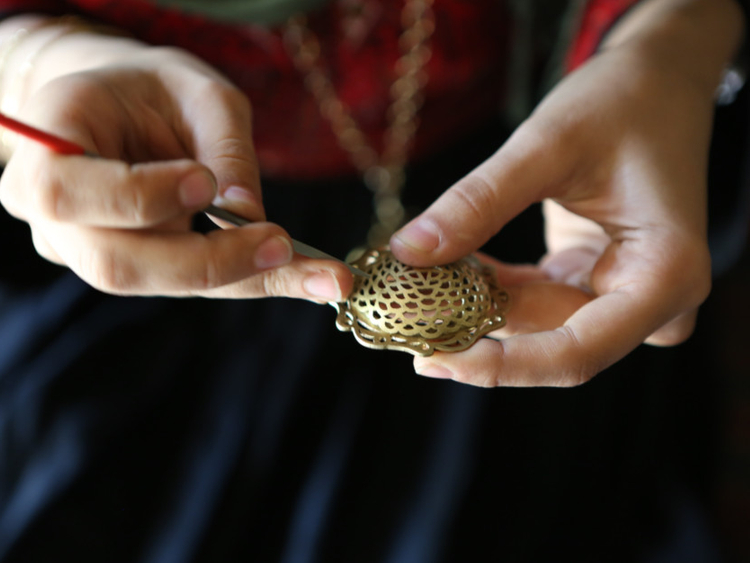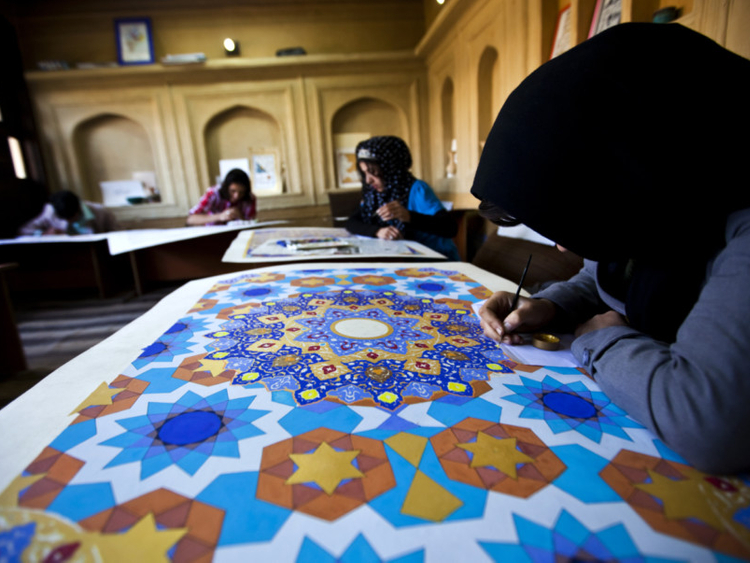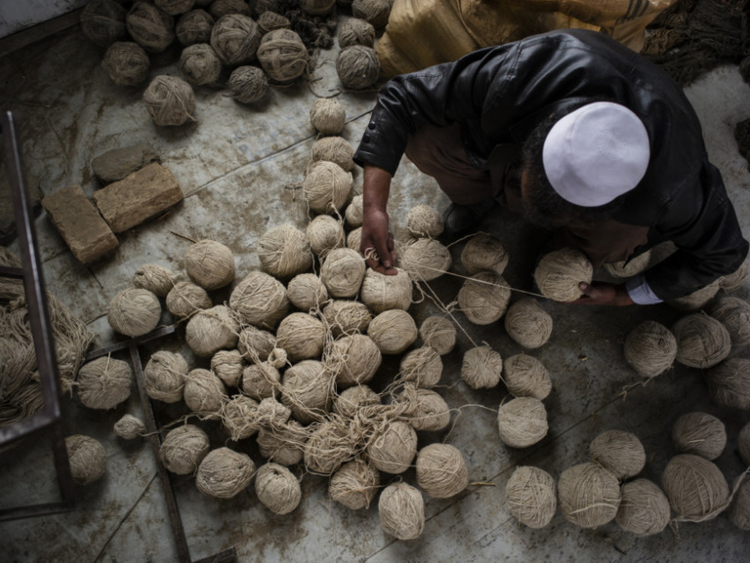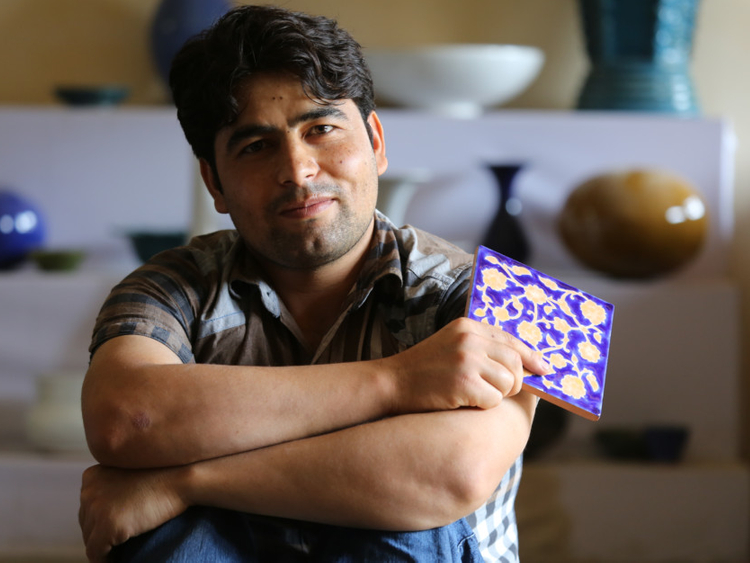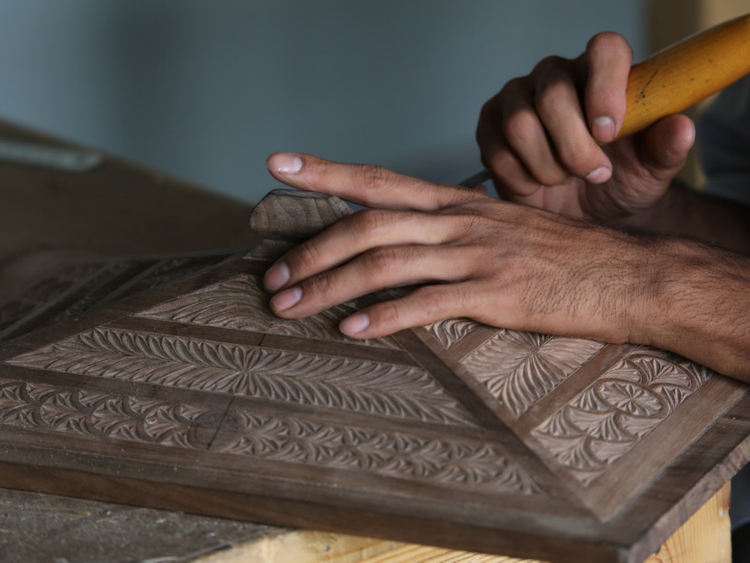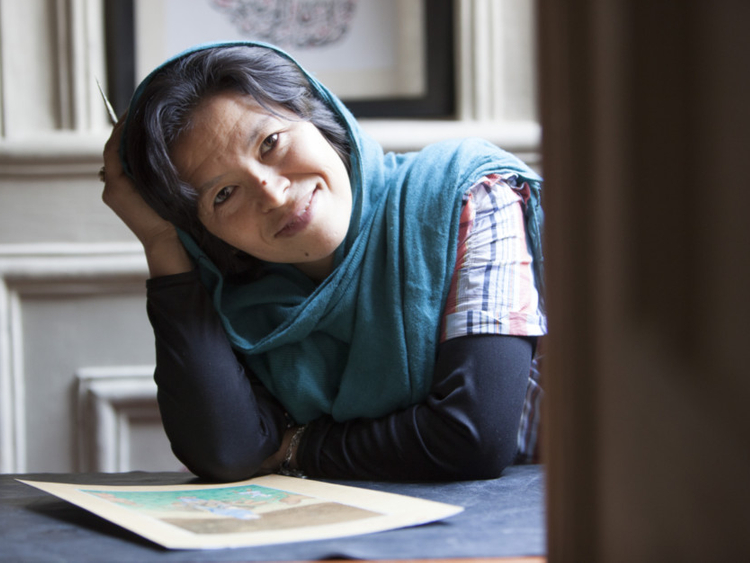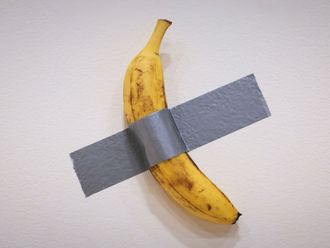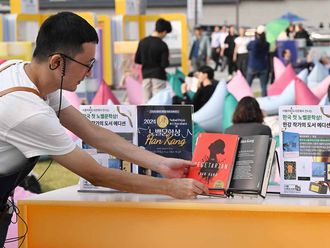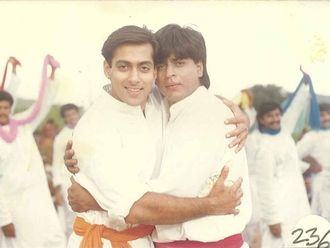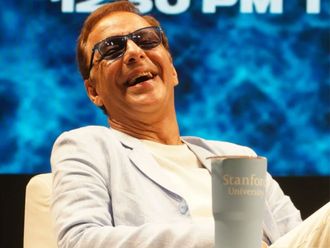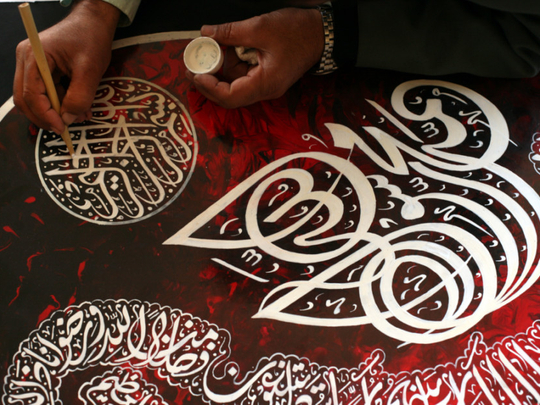
Afghanistan’s arts and craft emporiums have long been deserted, given that few foreigners come here now, aside from soldiers and diplomats who are not allowed to go out and shop, and the odd aid worker or journalist who is. So if Americans are no longer going to Afghanistan, why not take Afghan artisans to America?
“Turquoise Mountain: Artists Transforming Afghanistan”, an epic 11-month show that opened last month at the Smithsonian Institution, aims to do that literally.
Not only was Afghan earth imported to plant a bush that provides the dye that gives the country’s traditional Istalif pottery its amazing deep-sea-blue glaze, but an actual potter and his wheel, as well. Afghan carpet weavers, jewellers, calligraphers and carpenters people a hand-carved caravanserai of Himalayan cedar that was shipped to Washington and reassembled for the show, presented by the Arthur M. Sackler Gallery and the Freer Gallery of Art.
An important opportunity for the Afghan artisans, it is also something of a declaration of independence by the Freer/Sackler from traditional ways of realising museum exhibitions. “I would like to see this as part of a global change in the museum field,” said the Freer/Sackler’s director, Julian Raby. “I think many museums tended to have cryogenic displays with these dead voices, in the mistaken belief that we’re being objective. This exhibition will feel very different.”
The “Turquoise Mountain” show is intended to engage all of a visitor’s senses, with “please touch” signs near the objects, encounters arranged between artisans and visitors, photographs, screened videos and a sayaban (like an Afghan gazebo, with wooden latticework screens around a seating area), with cushions to relax among. Even smells will be part of the exhibition, from the herbs used to make inks and dyes to the freshly hewn cedar aroma of the caravanserai pavilion itself.
Perhaps even more revolutionary is the role the artisans have had in every aspect of the show, from deciding what objects to create and display to writing the explanatory placards on the walls, a job normally reserved for curators. “It’s really an opportunity to begin to move away from museum-speak and let people hear from the artists themselves,” Raby said.
The show is the outcome of a remarkable confluence of talent and expertise, with a little emotion and happenstance thrown in. Turquoise Mountain is a nongovernmental organisation that, among other things, trains Afghan artisans, rekindling ancient skills and traditions that were on the verge of dying out after decades of war. Much of its funding, and that of the show, comes from the US Agency for International Development.
The Afghan organisation’s director until late 2015 was Thomas Wide, an Oxford-educated scholar of Afghanistan who has also been at work on a forthcoming professional publication about making museums more meaningful and accessible. His approach is based on a theory of exhibition design known as IPOP, for Ideas, People, Objects and Physical. He pitched the idea for a Turquoise Mountain show to Raby, arguing that it would address all four IPOP elements.
Raby said he was particularly moved by a video that the organisation showed him of Saeeda Etebari, an Afghan woman who lost her hearing as a child after contracting cerebral meningitis in a refugee camp. After the fall of the Taliban, she returned with her family to Kabul. Trained in jewellery-making by elders at Turquoise Mountain, she is part of the contingent of artists in the Freer/Sackler show.
Among her creations is a remarkable necklace jointly designed with the British jewellery maker Pippa Small, who has long drawn inspiration from Afghan traditional pieces. One of the centrepieces of the show, it comprises 365 emeralds on an intricate gold latticework that hides a gold amulet box, which traditionally would be used to secrete a piece of paper on which a prayer or magic spell is written.
On a recent day at Turquoise Mountain’s office, Etebari was trying to decide whether to put saffron or a pinch of Afghan earth in the amulet, and agonising over what to call the piece. That set off an animated discussion, with Etebari communicating in her family’s private sign language and her brother Khan translating.
“In Afghanistan we don’t usually give names to things; Afghans don’t usually even name their pets,” she said. “I want it to be something that says Afghanistan.”
As a refugee child in Pakistan, Etebari, 27, first learnt signing gestures invented by her family because there were no schools for the deaf in the camp, and then a Pakistani sign language. Later, in high school in Kabul, she learnt Afghan signing. In preparation for the show, she enthusiastically embarked on mastering American sign language, badgering employees at the Sackler/Freer to get her a vocabulary list with signs for jewellery terms so she could prepare for her visit.
Raby said: “Here they are trying in such difficult circumstances, trying to make something of their lives. And there was Saeeda with this big emerald necklace. That was just a powerful story.”
Raby said that museums need to focus more on telling such personal stories.
Wide, the exhibition’s curator, said that Raby’s idea grew into a plan to take 18 Afghan artisans to the Freer/Sackler in shifts; Etebari arrived last month, for instance. “It is quite experimental in that way — a story-based show, not an object-based show,” Wide said. “It’s about people as much as anything.”
The most renowned artisan in the group is probably Nasser Mansouri, the woodworker who carved the caravanserai. Mansouri blends traditional skills with a creative modernity — for example, taking the classic Islamic designs of five- and six-pointed stars and extending them into a three-dimensional lattice to form a sort of wooden geodesic dome made up of alternating pentagrams and hexagrams. It is something to marvel at, or make into a lampshade, or both.
“We can bring the old and classical, but we can show how to make that new, and at the same time say, ‘I’m Afghan,’” he said.
None of these artists can find much of a market in the ruins of a ravaged country. There are no longer any surviving caravanserais of much note here, nor many sayabans, let alone any as beautiful as Mansouri’s elaborately carved and decorated cedar constructions.
On Chicken Street in Kabul, the jewellers’ row of Afghanistan, shops constructed from aluminium and glass are packed with mass-produced imports from Thailand, masquerading as handmade crafts. Etebari searched through the backrooms of those shops for authentic antique pieces that were not offered for sale, photographing them and drawing them on her iPad, which she and Small then used to design the emerald necklace.
Similarly, the famed pottery bazaar in Istalif, north of Kabul, is largely bereft of customers today but chock-full of work made with imported chemical glazes rather than the ancient glaze laboriously extracted from the ishkar plant. As a result, such tableware is tainted with lead and unfit for contact with food.
Turquoise Mountain’s artisans have revived the old methods, throwing pots that are both beautiful and safe to use.
What remains of the market for ancient crafts is mainly intended for discerning foreigners willing to pay dearly. Shipping costs sometimes exceed the sale price of fine pieces. (DHL charges as much as $1,000 [Dh3,673] to send a 4.5-kilogram artefact to the United States, not including taxes and duties.)
Wide said that Afghan buyers with means often “are looking to Dubai for models of good taste”, which he considers a mistake. He said he hoped the show in Washington would validate Afghans’ traditions and cultural achievements. “We’ve already seen change — some upper middle-class Afghans are getting interested,” he said.
Scott Liddle, Turquoise Mountain’s country director, said of the exhibition, “It will show that Afghanistan is waiting for business, and it’s a good place to do your business.”
His organisation has focused mostly on finding a market for artisans’ objects abroad. Even Turquoise Mountain’s own annual Christmas bazaar in Kabul’s Old City, once a big source of earnings for the artisans, was cancelled in 2014 because of security concerns and a declining number of buyers.
In designing the Freer/Sackler exhibition, Wide and his colleagues set out to make foreign involvement in maintaining Afghan culture a selling point and an inspiration for the artisans. Nearly all of those participating in the show in Washington are young people, some of them recent graduates; while they were trained by elder craftsmen, they have no fear of the new.
For instance, the handmade carpets being displayed are made in the old way, with hand-spun wool from sheep in Ghazni, a regional trade centre. The carpets are coloured with dyes made from natural sources, such as vegetables and crushed lapis lazuli, and slowly handwoven, at a pace of weeks per square metre. Though inspired by traditional patterns such as Baluch, the designs are abstract ones developed recently by a noted contemporary designer, Erbil Tezcan, whose rug company is based in New Jersey.
That mixture of traditional and modern is important to keeping high-quality crafts alive in places such as Afghanistan, said Small, who describes herself as an “ethical jewellery maker”. A knowledgeable, high-end buyer who is willing to spend enough to support artisans wants something new, not just a mimicry of ancient designs, she said.
“We’re creating a bridge or a link for them to network outside the country, where there is this potential market,” Small said.
While she provided the design impetus behind the nameless emerald necklace, she is quick to emphasise Etebari’s creativity, resulting in a piece that is quintessentially Afghan in the way it draws on ancient Turkmen and Kuchi styles. Etebari added a distinctive hanging fringe of gold filigree and tiny emeralds meant to symbolise rain, important in a land usually short on it.
Etebari also insisted on putting in three emeralds near the clasp that would fasten the necklace at the back of the neck. These emeralds would be visible only from behind — and not at all if worn by a woman in a traditional headscarf.
For Etebari, those three little emeralds sit at the intersection of not just on and off, but of past and future, making the necklace a work of beauty that can be appreciated from front or back. “I am not suggesting to throw away the headscarf or anything,” she signed. “But it will not always be like that for Afghan women.”
–New York Times News Service
“Turquoise Mountain: Artists Transforming Afghanistan” runs at the Ripley Center, Smithsonian Institution, Washington DC, until January 29, 2017.


